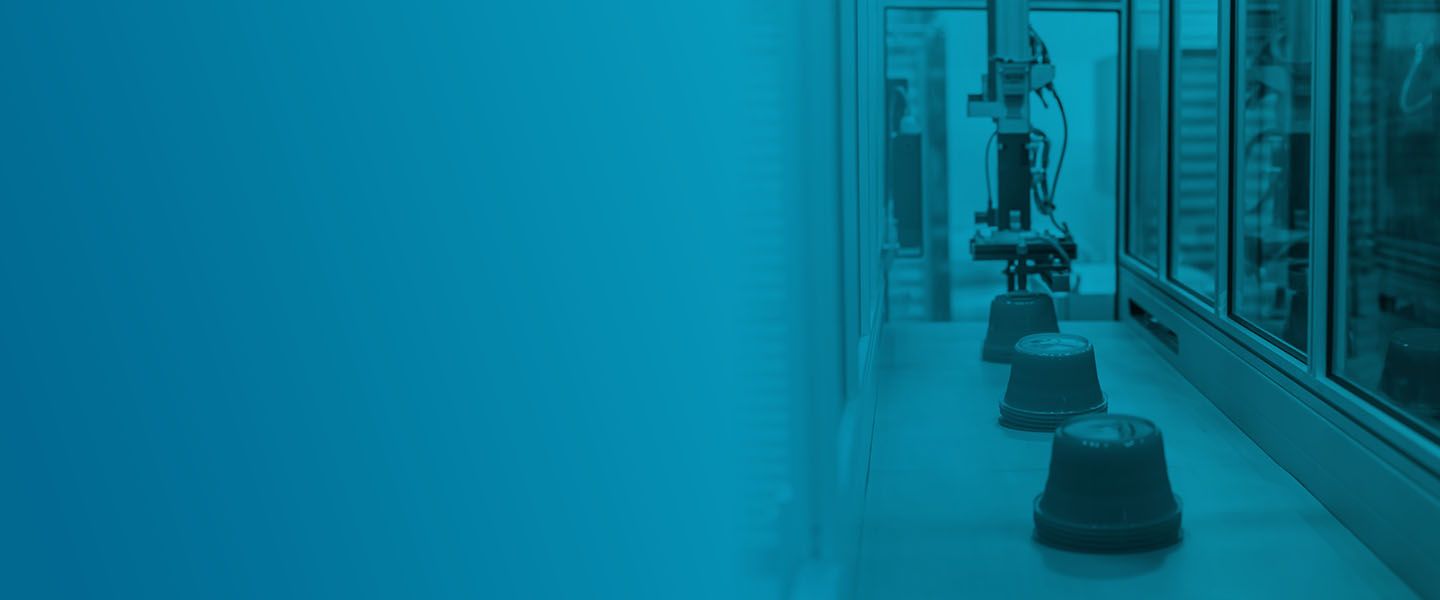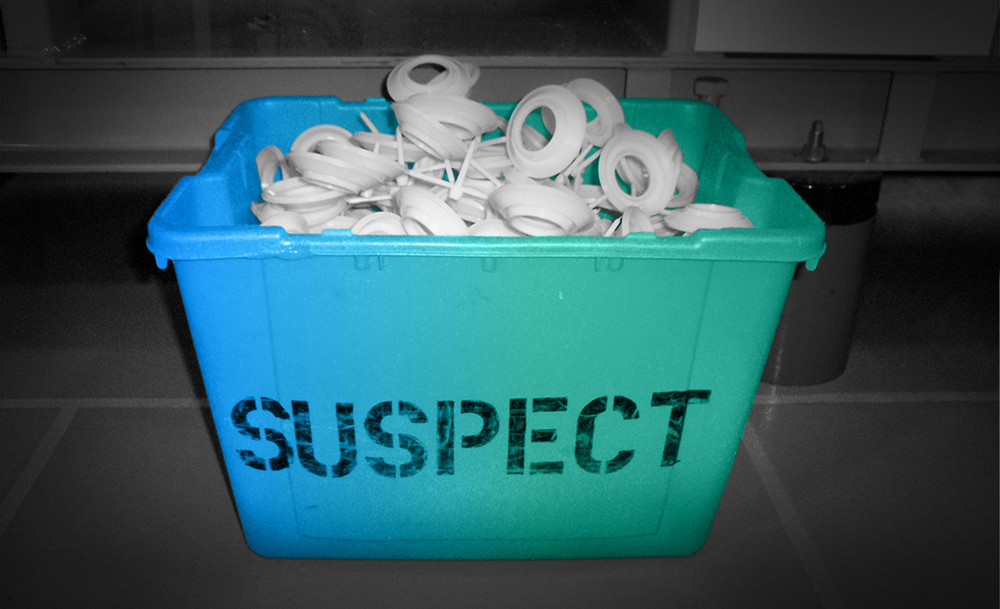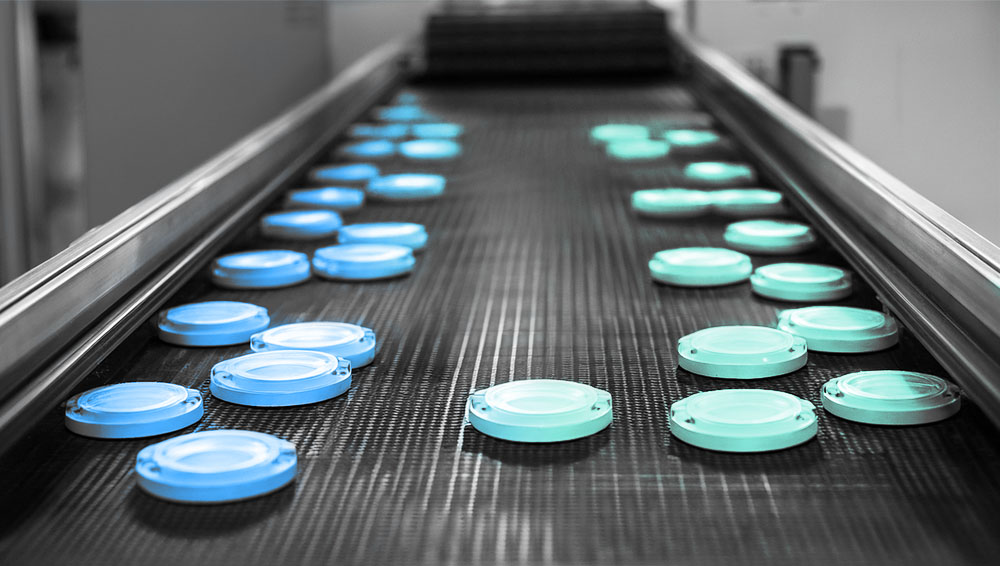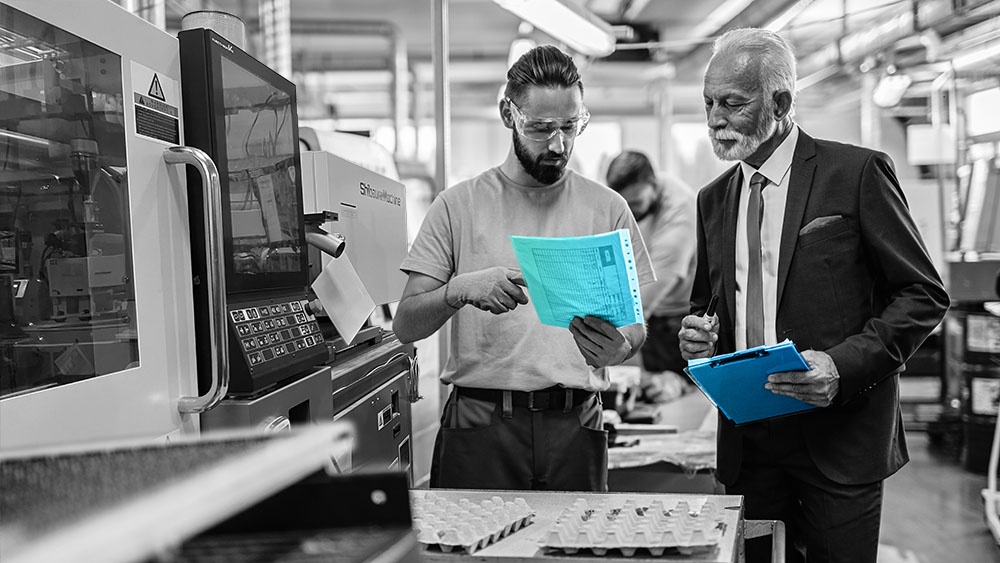
Increase Profits Without Compromising Quality
Produce High-Quality Parts While Reducing Costs
RJG’s proven technology and training solutions empower you to produce higher quality parts, reduce scrap, cut cycle times, and operate with fewer resources. Whether you’re fighting rising material costs, labor shortages, or machine downtime, we help you do more with less.
Request More InformationWhat if you could increase your profit margins by 10% or more?
Cost savings in injection molding are often viewed through a narrow lens—like reducing scrap by a small percentage to boost profit. However, real profitability comes from examining all the factors that impact part cost. By taking a holistic approach and revisiting the core cost drivers of molding, manufacturers can uncover significantly greater opportunities for improvement and long-term savings.
Decrease Downtime
Machines producing good parts at the fastest possible cycle time are, in most cases, the biggest driver of molding profitability. When machines break cycle multiple times a day—due to issues like stuck parts, missed picks by robots, short shots, or quality checks—it takes longer to complete the production order. Restarting the machine also leads to lost productive labor and can generate additional scrap during start-up
How: With real-time feedback and setup guidance, operators can get up and running with minimal delay and stay running. Faster startups, fewer trial-and-error adjustments, and quicker changeovers keep production moving. No stuck parts. No waiting. Just more time in cycle.
Improve Machine Run Time
Machine cost is typically defined as an hourly rate, which includes the cost of power, water, air, and maintenance required to operate the machine. Other factors may also be included in this calculation. Machine rates are generally based on the size of the machine.
How: Cavity pressure data ensures the process is dialed in perfectly, even giving you the confidence to mold on smaller machines—cutting energy use and overhead costs. That means more flexibility, lower expenses, and greater press availability.
Reduce Scrap and Rework
When viewed purely from a financial perspective—considering the cost of material, labor, and machine time—small amounts of scrap may seem insignificant. However, it’s the defective parts that bypass internal quality systems and reach the customer that have the greatest impact on profitability. Customer corrective actions are both time-consuming and costly, often resulting in diminished confidence in the molder’s ability to deliver quality parts on time.
How: Cavity pressure monitoring and DECOUPLED Molding® ensure consistent part quality—meaning less scrap, fewer bad parts, and more revenue from every shot. By analyzing in-mold conditions in real time, you can pinpoint and correct issues before they create waste. Fewer defects = more profitable cycles.
Use Lower-Cost Materials
Because material cost is a significant component of the molding profitability equation, it’s often desirable to run the lowest-cost material available. However, low-cost materials typically have wider specifications for average molecular weight and additive content. This can lead to viscosity shifts that affect filling, packing, and sometimes the cooling rate of the process—directly impacting part quality.
How: RJG technology reduces the impact of material variability, enabling you to mold with wide-spec or recycled resins without sacrificing quality.
Reduce Labor Dependence
Labor is another significant factor in the piece-part cost equation. It can be required throughout the entire production cycle—labor for starting and maintaining the process, on-machine inspection and packaging, and secondary quality or metrology inspections.
How: Let the machine make smart, data-driven decisions—minimizing the need for operator intervention. By utilizing in-cavity pressure sensing technology, the quality of the part can be determined in real time, in most cases without human inspection.





The Bottom Line: You Make More with Less
RJG technology doesn’t just improve your process—it improves your bottom line. From cycle optimization to cost-saving automation, we help you transform inefficiencies into opportunities.